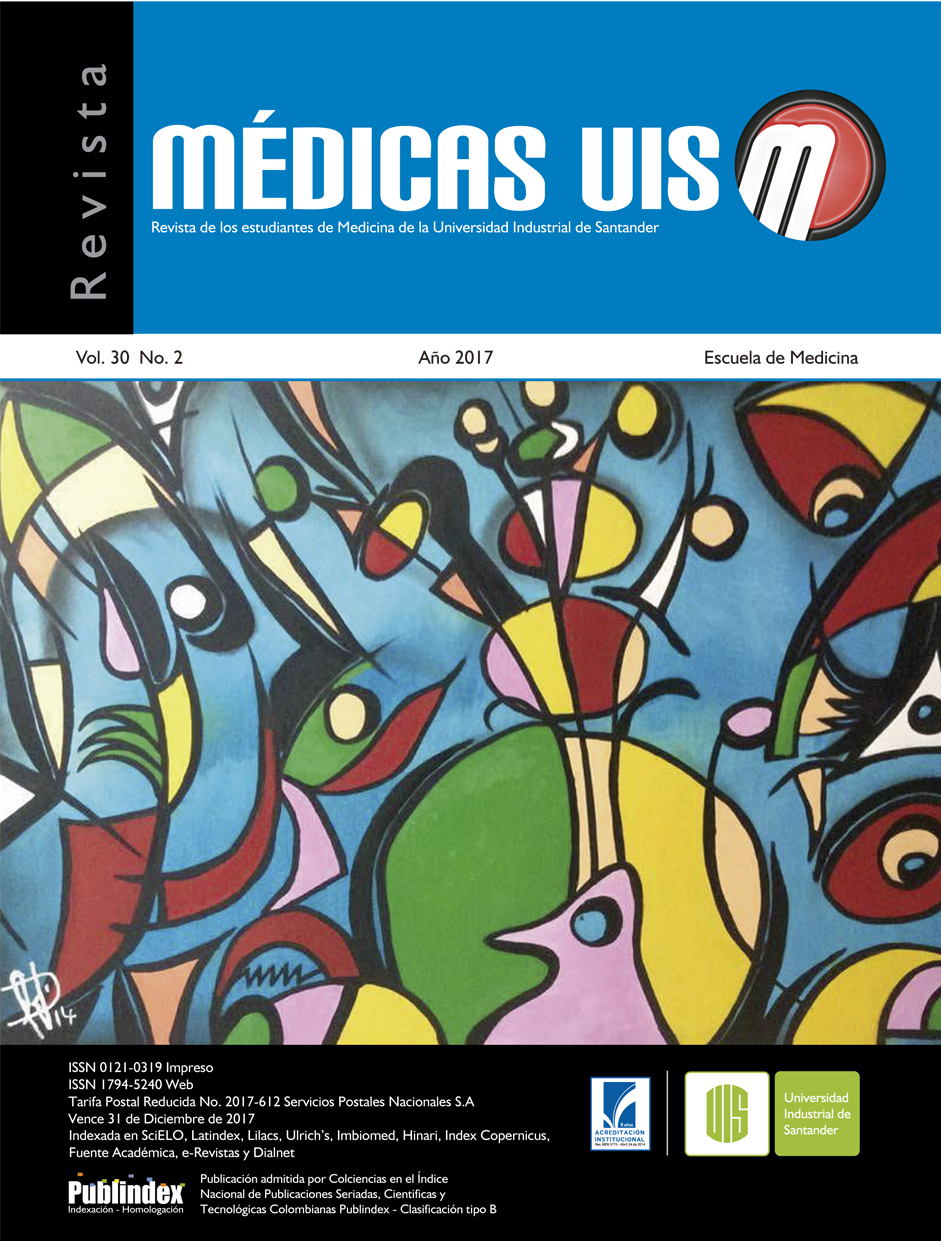Abstract
Matrix metalloproteinases are essential for structural maintenance of extracellular matrix enzymes, as well as degradation in situations where tissue repair process is warranted. Objective: To review the most current aspects of matrix metalloproteinases and their role in the healing process. Research Methodology: A review of about 95 papers was conducted during the period from July 18, 2015 to September 20, 2016; PubMed, Scopus, Scielo and Science Direct were used. Results: There are six subfamilies of metalloproteinases: collagenases, stromalysins, elastases, gelatinases, matrilysins and metalloproteinases associated with the plasma membrane. Vascular endothelial cells secrete them where there is epithelial damage and a healing process is required. Conclusions: Metalloproteinases are zinc dependent endopeptidases that are essential for the maintenance and degradation of the extracellular matrix. When the adjustment mechanism fails and matrix metalloproteinases are overexpressed, poor healing processes occur, causing problems such as liver chronic wounds, keloids or hypertrophic scars, pterygium, pulmonary and liver fibrosis, among other clinical conditions. MÉD.UIS. 2017;30(2):55-62.
Keywords: Extracellular Matrix. Matrix Metalloproteinases. Wound Healing.

This work is licensed under a Creative Commons Attribution 4.0 International License.
Copyright (c) 2017 Médicas UIS
